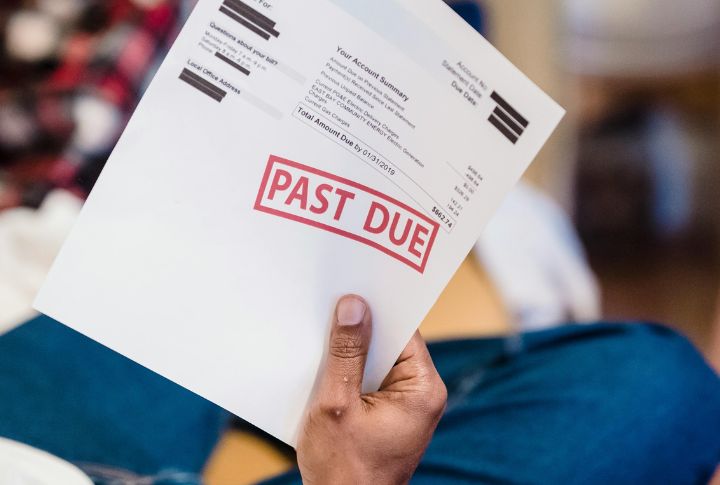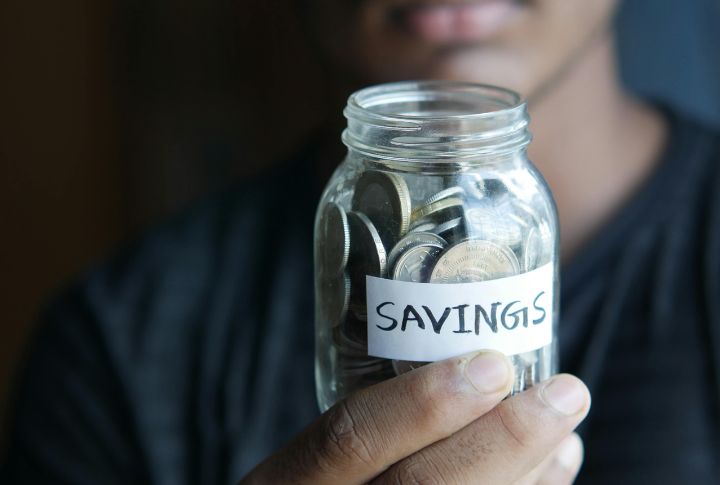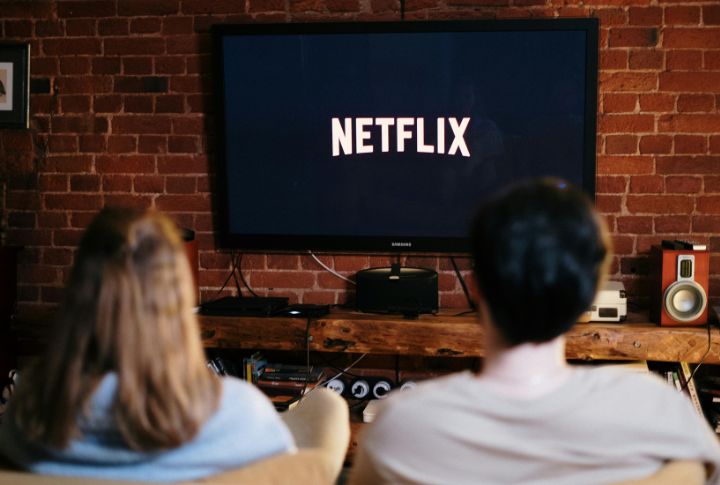
You’ve probably noticed how everyday costs seem to grow while paychecks never stretch as far. It’s not always about bad choices, since structural problems play a big part too. Across the country, people share the same frustrations even if their stories look different. If you want to know why millions of Americans are facing financial difficulties, here are the 20 biggest reasons behind the struggle.
Skyrocketing Housing Costs

Housing costs are rising faster than paychecks. Harvard researchers found that more than 12 million renters now spend over half their income on rent. CBS News reports that since 2019, rents have increased nearly 1.5 times faster than wages, putting intense pressure on household budgets across the country.
Stagnant Wage Growth

News reports also state that more than half of U.S. households receive an income that cannot keep up with the rising cost of living. Inflation has eroded purchasing power so much that even small price increases strain budgets. It makes essentials harder for many Americans to afford.
Crushing Student Loan Debt

Tuition prices have more than doubled since the early 1990s, and many borrowers are forced to juggle student loans with other debts. A 2023–24 Consumer Financial Protection Bureau survey found that 30% skipped essentials and 44% delayed home purchases to keep up with payments.
Burdensome Childcare Fees

The Economic Policy Institute states that childcare has become one of the steepest expenses families face, often costing more than college tuition in 38 states. In cities like Boston and San Francisco, annual childcare costs can exceed $25,000 per child, forcing many parents to cut work hours or leave jobs.
Mounting Credit Card Interest

Credit cards can feel like a trap when interest piles on top of debt. In total, Americans now carry over $1.13 trillion in credit card balances, according to data from the Federal Reserve. For the average household, that mostly translates into hundreds of dollars in yearly interest.
Ballooning Auto Loan Payments

Buying a car has turned into a long-term financial squeeze. The average new auto loan has now ballooned past $41,473, according to US Today (Q1 2025). This means stretching payments over longer terms, sometimes 7 years or more, while the vehicle itself loses value far faster.
Rising Healthcare Expenses

Many families are burdened by growing healthcare expenses. In fact, medical bills have become the largest source of debt in collections in the United States. It surpasses all other types of non-mortgage debt, including credit cards and student loans, as reported by the Journal of the American Medical Association.
Surging Energy And Utility Bills

Residential electricity prices have jumped about 30% since 2021, and natural gas costs are up 40% since 2019 (Center for American Progress). In 41 states and Washington, D.C., utility rates are increasing, which is depleting the already tight household budgets.
Pervasive Financial Illiteracy

Managing money isn’t always taught, and the gap shows. Young adults and lower-income Americans struggle most with budgeting, debt, and savings decisions. Due to the lack of strong financial education in schools and homes, costly mistakes continue to ripple across generations.
Predatory Lending Practices

Payday loans may look like quick fixes, but they work like a trap for many borrowers—and thousands of Americans are falling for it. Some loans carry interest rates over 300% APR, with fees hidden in the fine print. These lenders usually target communities without access to traditional banks to create long-term cycles of crippling debt.
Underemployment And Job Insecurity

Maybe you’ve seen it firsthand: people with strong skills stuck in part-time roles or jobs far below their abilities. This hidden struggle doesn’t show up in simple unemployment numbers. The broader U-6 rate captures underemployment and hidden joblessness, making it a more realistic indicator of economic distress. As of August 2025, the U-6 rate stands at 8.1%, which is quite high.
Unaffordable Higher Education

Higher education has become financially unaffordable for millions of families now. College costs have skyrocketed beyond inflation, with some private universities charging up to $43,350 per year (College Board). Even top students face impossible choices: taking on crushing debt or giving up dream schools.
Gig Economy Income Fluctuations

You might log into an app in the morning, switch to another by afternoon, and still wonder if it will cover the bills. That’s the reality for gig workers. The lack of employer benefits adds to the challenge and makes long-term planning nearly impossible.
Tax Code Complexity And Hidden Rates

The U.S. tax code’s complexity adds a hidden burden to household finances. As per the National Taxpayers Union Foundation, Americans spend about 6.5 billion hours and $133 billion yearly just to file taxes. These costs, combined with unclear rules, reduce take-home pay and fuel wider financial stress nationwide.
Divorce And Family-Related Expenses

Martindale-Nolo Research reports an average divorce cost of $11,300, excluding property splits and ongoing support payments. For many men and women, post-divorce finances tighten fast, with savings depleted and household expenses doubling as both partners adjust to maintaining separate lives.
Geographic Income Disparities

Across the U.S., metro workers earn far more than rural ones—about 51% higher on average, according to the U.S. Commerce Department. Yet those bigger paychecks often vanish quickly. In cities like New York and San Francisco, costs erode income security despite higher wages.
Mental Health Costs And Lost Productivity

According to Bankrate’s 2023 Money and Mental Health Survey, 52% of U.S. adults say money negatively impacts their mental health. This constantly leads to stress, anxiety, and loss of sleep. Some Millennials regularly skip rent or mortgage payments, which is a big stressor.
Inadequate Emergency Savings

A $400 surprise expense might not sound huge, but for most households, it’s enough to spark a crisis. Many people turn to borrowing or payday loans instead. Without savings, emergencies like job loss or medical bills quickly wipe out financial stability.
Subscription Overload And Recurring Fees

Subscriptions seem cheap individually, but quickly pile up. Americans now spend about $219 a month on average, far more than they estimate, according to C+R Research. With 74% admitting it is easy to forget recurring charges, unnoticed subscriptions silently drain budgets that could cover essential expenses instead.
Rising Food And Grocery Prices

The U.S. Department of Agriculture (2023) found that 13.5% of U.S. households couldn’t reliably afford food, marking a steady climb in food insecurity. With prices for groceries rising faster than income, many working families are being pushed into difficult trade-offs between meals, bills, and long-term financial well-being.
